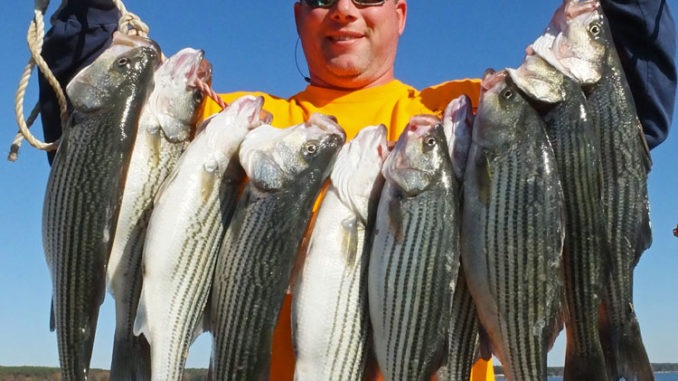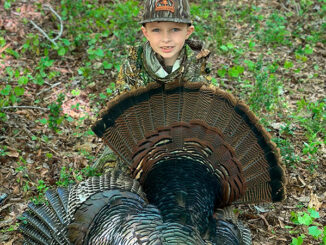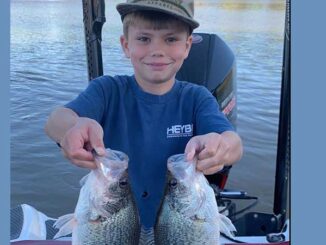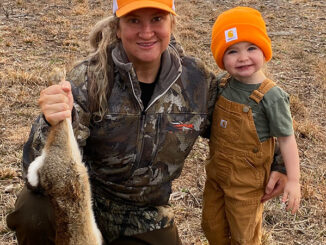
The S.C. Department of Natural Resources has stocked stripers in Lake Wateree since the 1980s, and fisheries biologist Robert Stroud has worked the lake since striper stockings began. Stroud said the goal of the striper program was to create a solid, renewable striper fishery.
“At Lake Wateree we’re not trying to create a situation for trophy stripers, just a good put-and-take fishery for anglers we could maintain with annual stockings,” he said. “We’ve settled in on what seems to keep the fishery thriving.”
Stroud said the stocking since 2014 has been a key to the current upsurge in striper fishing at the lake.
Stroud said that from 2011 through 2013, considerably fewer stripers were stocked in Wateree: 165,127 in 2011, 153,558 in 2012 and 192,442 in 2013. Before 2011, annual stockings were consisently between 240,000 and 250,000. In 2014, the stocking rae increased dramatically.
“In 2014, we had a great year at the hatchery, and we stocked 500,492 fingerlings into the lake,” Stroud said. “That’s a rate of 36.1 stripers per acre, and that’s an awesome stocking rate. That’s what jump-started the excellent fishing striper anglers are now experiencing. In 2015, we stocked nearly 295,000, a rate of 21.3 stripers per surface acre and in 2016 we stocked a little over 297,000, a 21.4 per acre rate.
‘Our plans for 2017 were for 300,000 of what we call advanced fingerlings; stripers in the 3- to 5-inch size class that we hope will have better survival than the much smaller fry stocked in the past. The actual stocking was even better with 320,910 stripers for a 23.15 per acre rate.”
Stroud said the final numbers were not available for the 2018 stocking although the fish had been placed in the lake in the spring, but stocking data had not been completely processed. But the request was again for 300,000 stripers.
“We’ve refined our thinking from the past when we were requesting about 260,000 stripers per year, and (we) believe this increased stocking rate will maintain a quality fishery without depleting the forage in the lake,” he said. “This allows us to achieve the goal of providing a quality striper fishery without negative impacts to other species utilizing the same forage base.”





Be the first to comment